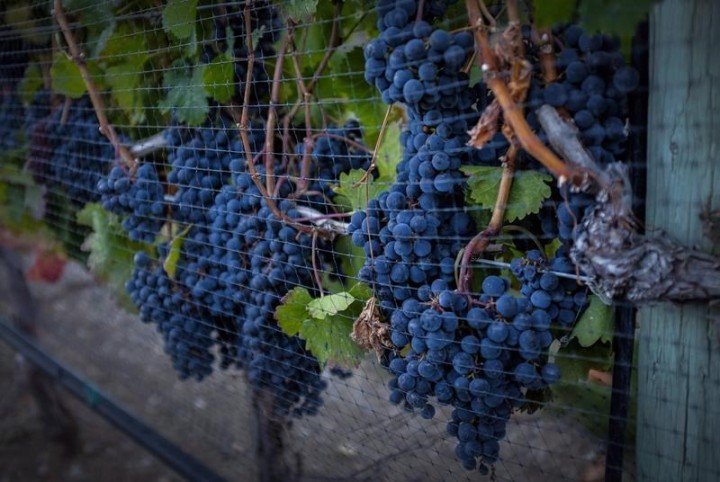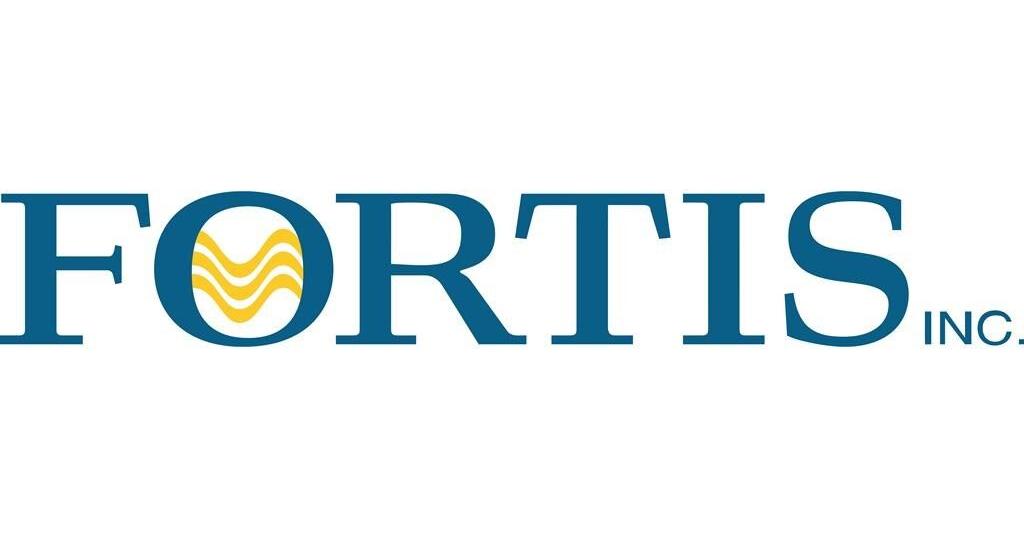VANCOUVER — Wine lovers have growing options on the shelf to enjoy their favourite beverage as producers in B.C. offer smaller container sizes.
Multiple British Columbia wineries over the last several years have begun offering their product in smaller, single-serve cans and bottles.
Along with making wine more attractive to those looking to toss some in a backpack or sip on the golf course, the petite containers leave wineries with options for a potential shift in mindset as Canadians discuss the health benefits of reducing alcohol consumption.
Vancouver-based wine consultant Kurtis Kolt said he’s watched the segment of the wine industry offering smaller bottles and cans “explode” over the last several years, particularly during the COVID-19 pandemic when people were meeting outdoors in parks and beaches and looking for something more portable to take with them.
“You’re not taking a hit on quality, you know? In fact, if someone is only going to be having a glass or two, you’re cracking a can and it’s completely fresh, guaranteed,” he said.
It’s also an advantage for people who want to drink less, he said.
“It’s much less of a commitment to crack open a can or a small bottle or a smaller vessel than it is to open a bottle,” he said.
“Then you have to decide how quickly you’re going to go through it or end up dumping some out if you don’t finish it.”
Last month, the Canadian Centre on Substance Use and Addiction released a report funded by Health Canada saying no amount of alcohol is safe and those who consume up to two standard drinks per week face a low health risk.
That’s a significant change from the centre’s 2011 advice that said having 15 drinks per week for men and 10 drinks per week for women was low risk.
Health Canada has said it is reviewing the report.
Charlie Baessler, the managing partner at Corcelettes Estate Winery in the southern Interior, said his winery’s Santé en Cannette sparkling wine in a can was released in 2020 as a reduced alcohol, reduced sugar, low-calorie option.
“We’ve kind of gone above and beyond to attract a bit of a younger, millennial-type market segment with a fun design concept of the can and sparkling, low alcohol — all these things that have been recently a big item on the news,” he said.
Santé en Cannette is a nine per cent wine and reducing the alcohol was a way to reduce its calories, he said. The can also makes it attractive for events like a picnic or golf, is recyclable, and makes it easier for restaurants that might want to offer sparkling wine by the glass without opening an entire bottle.
At the same time, the lower alcohol content makes it an option for people who might want a glass of wine without feeling the same effect that comes from a higher alcohol content, he said.
“So the health is clearly one incentive, but I think more importantly, so was being able to enjoy a locally made product of B.C. from a boutique winery, dare I say, with a mimosa at 11 o’clock and not ruin your day,” he said.
Baessler said the winery has doubled production since the product was first released to about 30,000 cans a year, which they expect to match this year.
He said there’s naturally a market for the product but he doesn’t expect it to compete with the higher-alcohol wine.
“So this isn’t our Holy Grail. This is something that we do for fun and we’ll never compete, or never distract, from what is our core line of riper, higher-alcohol wine,” he said.
Jeff Guignard, executive director of B.C.’s Alliance of Beverage Licensees, which represents bars, pubs and private liquor stores, said the industry has seen a shift in consumers wanting options that are more convenient.
“It’s not a massive change in consumer behaviour but it is a definitely a noticeable one, which is why you see big companies responding to it,” he said.
Guignard said the latest CCSA report is creating an increased awareness and desire to become educated about responsible consumption choices, which is a good thing, but he adds it’s important for people to look at the relative risk of what they’re doing.
“If you’re eating fast food three meals a day, I don’t think having a beer or not is going to be the single most important determinant of your health,” he said.
“But from a consumer perspective, as consumer preferences change, of course beverage manufacturers respond with different packaging or different products, the same way you’ve seen in the last five years, a large number of low-alcohol or no-alcohol beverages being introduced to the market.”
While he won’t predict how much the market share could grow, Guignard said non-alcoholic beverages and low-alcoholic beverages will continue to be a significant piece of the market.
“I don’t know if it’s reached its peak or if it will grow. I just expect it to be part of the market for now on.”
This report by The Canadian Press was first published Feb. 5, 2023.
Ashley Joannou, The Canadian Press
Related


































